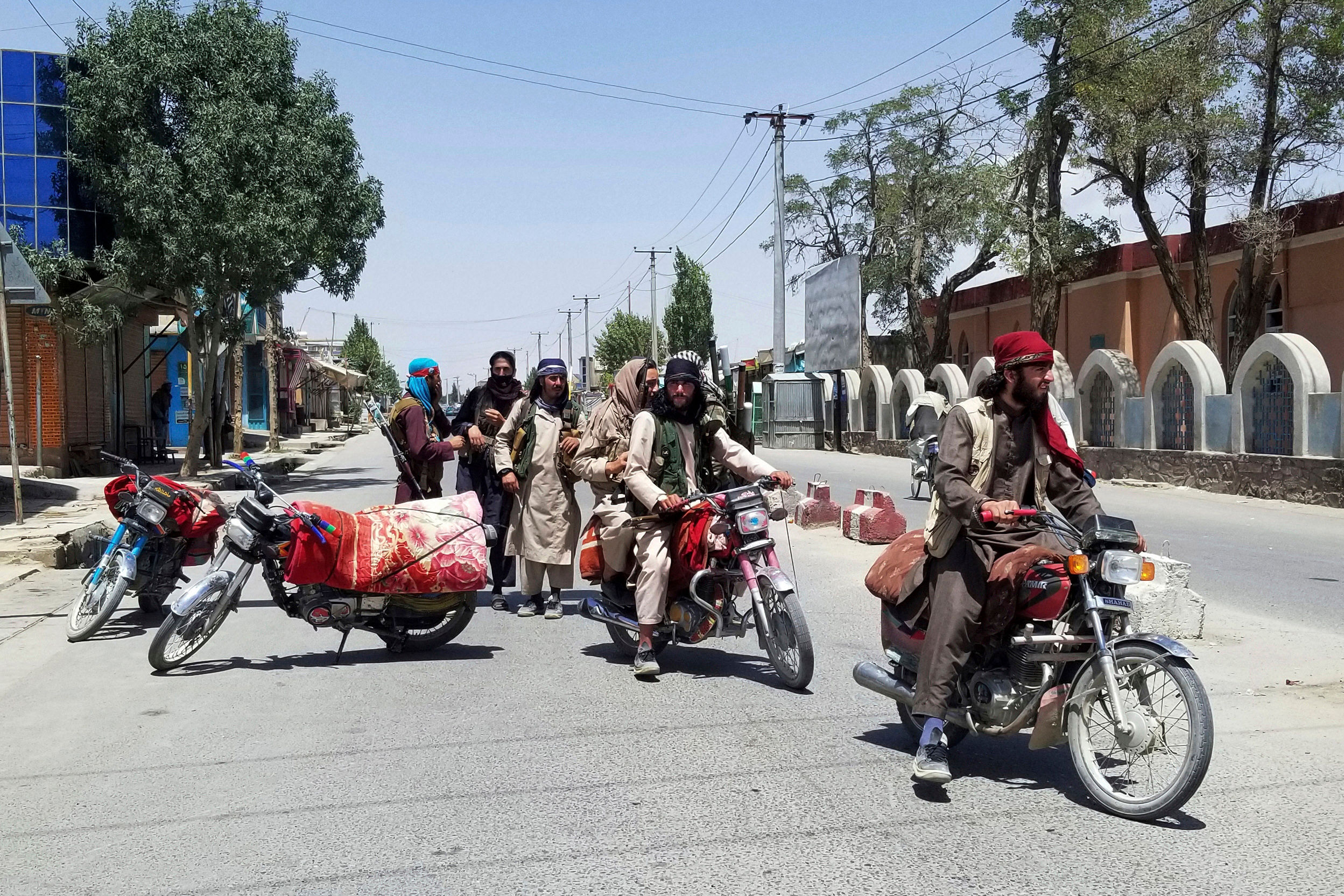The Taliban entered Afghanistan capital Kabul
on Sunday and President Ashraf Ghani left the country, with the militant group
eyeing complete power.
According to a report by Reuters, there would
be no transitional government following the group’s lighting sweep across
Afghanistan two decades after the Taliban was overthrown by US-led forces.
Taliban fighters entered the presidential palace and took control of it, two
senior Taliban commanders in Kabul said. The Afghan government did not confirm
or deny that bit.
Also Read: Taliban 2001 vs Taliban 2021: 20 years on has the Taliban changed?
It was not clear yet how power would be
transferred. The Afghan government’s
acting interior minister Abdul Sattar Mirzakawal had said power would be handed
over to a transitional administration.
“There won’t be an attack on the city, it
is agreed that there will be a peaceful handover,” he tweeted.
Also Read | ‘Curse Ghani and his gang’: Afghan President draws flak for fleeing Kabul
What next?
Many Afghan citizens say that they fear the
Taliban will return to past harsh practices in their imposition of Sharia, or
Islamic law.
When the group previously ruled the country
from 1996 to 2001, women were not allowed to work and punishments such as
stoning, whipping and hanging were prevalent. The group now says that they will
respect women’s rights and protect both foreigners and Afghans.
“We assure the people, particularly in
the city of Kabul, that their properties, their lives are safe,” the group
said, according to the BBC. The group also claimed that a transfer of power was
expected within days.
Also Read | Worried about Afghan women, minorities and human rights advocates: Malala Yousafzai
A NATO official said that several European
Union staff had moved to a safer location in Kabul.
The US is still sending in troops to aid
evacuation of its civilians amid concern that heavily armed Afghan security
contractors could “mutiny” as they have not been assured of the
commitment of Washington to evacuate them, Reuters reported quoting a source.







